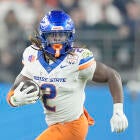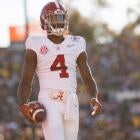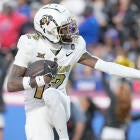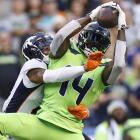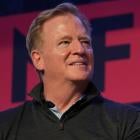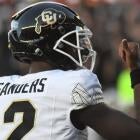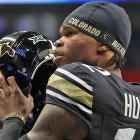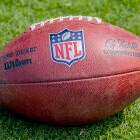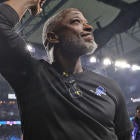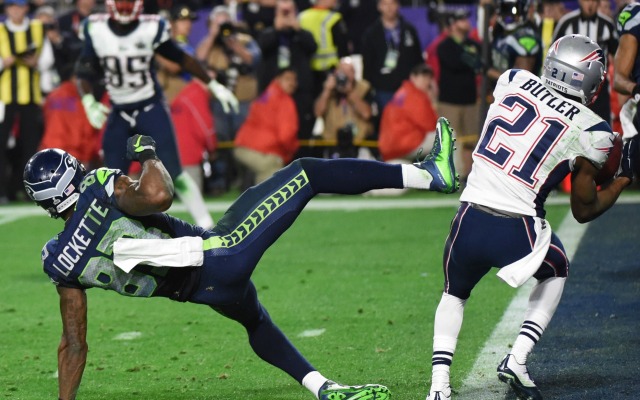
Much has obviously been made of Seattle's decision to have Russell Wilson throw a pass rather than Beast Mode the ball into the end zone with Marshawn Lynch on second-and-goal from the 1-yard line while down by four points late in Super Bowl XLIX.
The Seahawks were a phenomenally successful power-running team this season. According to Football Outsiders, in fact, they were the second-best power team in the league, converting 81 percent of power runs (described as third or fourth down and/or any goal-to-go situation with 2 yards or less to go) into first downs or touchdowns.
In the regular season and playoffs combined, Seattle had run 89 plays with 2 yards or less to go (in games separated by two touchdowns or less) before that fateful pass. They had called for a run on 66 of those plays (74.2 percent), compared to only 23 pass attempts. If we widen the sample to the three years that Russell Wilson has been in the league, they had called 181 runs to 75 passes in similar situations, a run rate of 70.7 percent.
They had faced five similar situations earlier in the Super Bowl alone and had given the ball to Lynch four of those times, with him converting once for a touchdown and once for a first down (Note: The only throw was an incomplete pass to Jermaine Kearse, who was being covered by ... Malcolm Butler). This is all by way of saying that this specific Seahawks team even calling a pass play in this situation was an extremely rare occurrence.
But what about throwing the ball in the exact situation Seattle was in? Because it's such a rare situation, we have to widen the scope a bit.
Since 1998, teams had been faced with second-and-goal from inside the 2-yard line, with less than five minutes left in a game where they were down between four and eight points (so it is still a one-possession game but they are in need of a touchown) 81 times. Of those 81 plays, 47 were runs and 34 were passes. That's a pass play rate of 42 percent, which is not all that low, but it's significantly higher than the rate at which Seattle called passes in 2-yards-to-go situations this season and over the past three.
On those 47 running plays, teams had scored 25 touchdowns and fumbled twice. That's a touchdown rate of 53.2 percent. Pretty good stuff. Considering it was Marshawn Lynch in the backfield, I think it's fairly safe to say Seattle's odds of scoring if they had run the ball might have been even higher than that.
Meanwhile, on those 34 pass plays, teams had gone 14 of 33 for 14 touchdowns and one sack. That's a touchdown rate of 41.2 percent, significantly lower when compared to the rate of teams that ran the ball in similar situations.
Here's another thing: Of those 33 passes, NONE was intercepted. Wilson's pick was truly the first of its kind in a very long time. It's no wonder why Lynch wasn't in the mood to talk about it after the game.
![[object Object] Logo](https://sportshub.cbsistatic.com/i/2020/04/22/e9ceb731-8b3f-4c60-98fe-090ab66a2997/screen-shot-2020-04-22-at-11-04-56-am.png)









